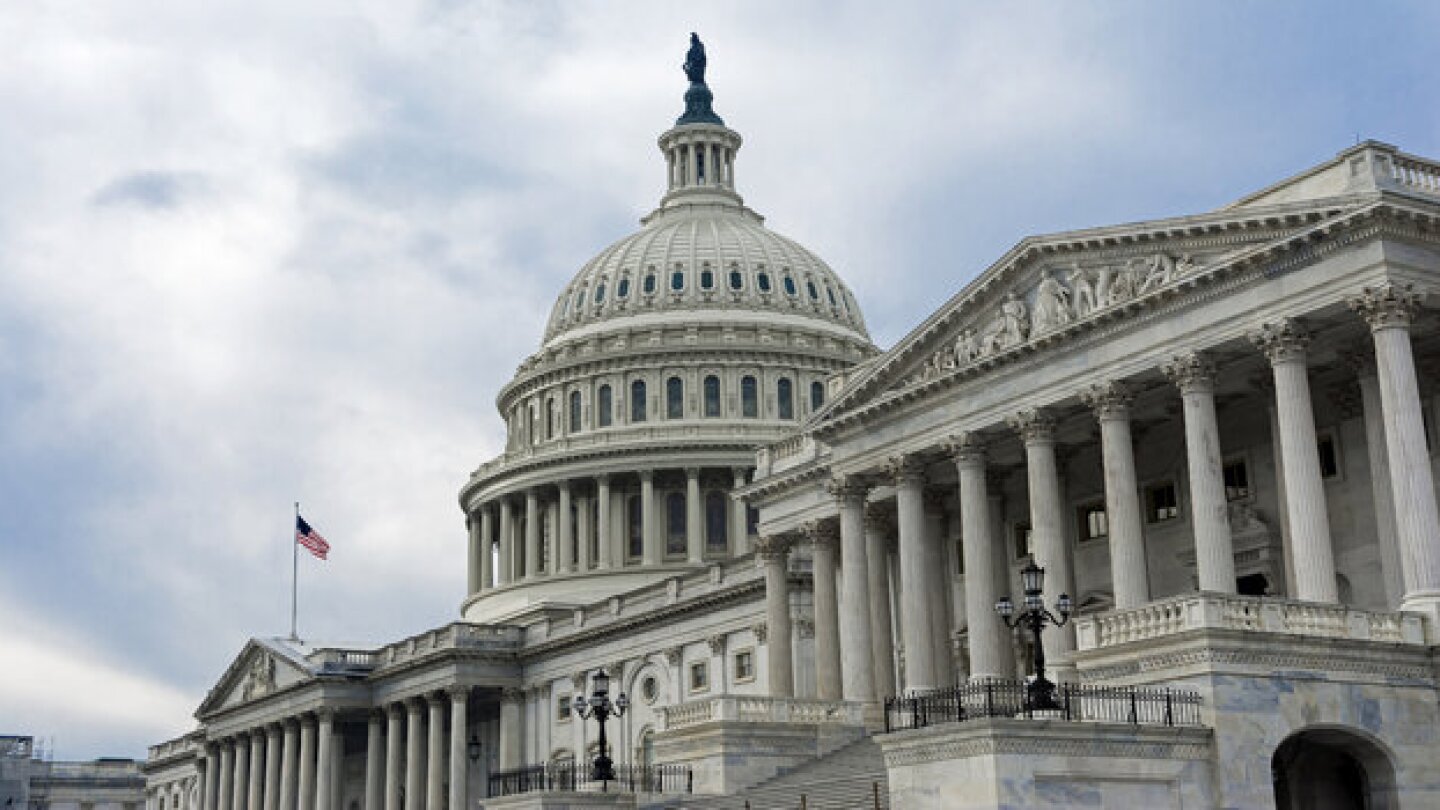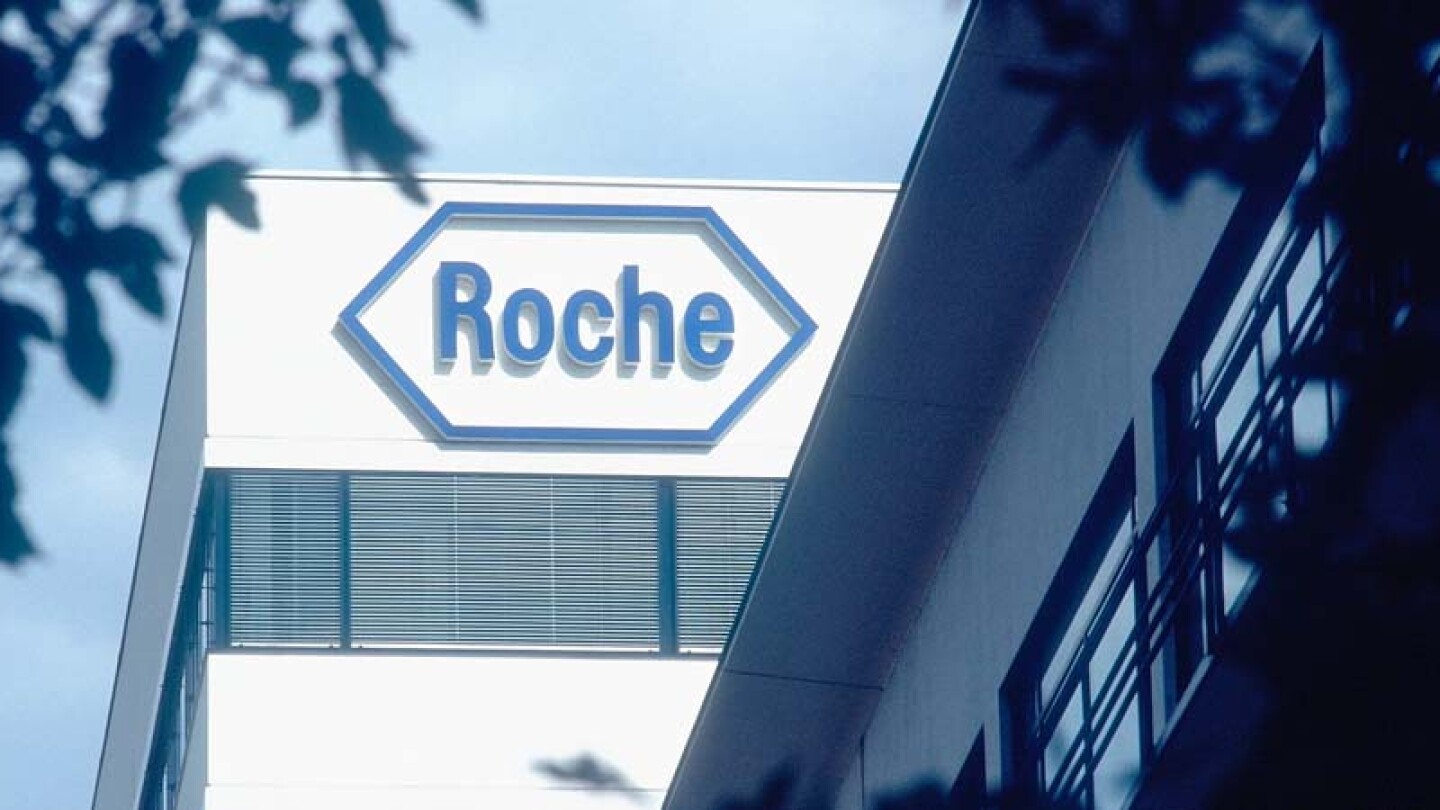News
Takeda wanted to create something new in the cell therapy world by combining the technology with T cell engagers. A series of acquisitions in 2021 started the process.
FEATURED STORIES
The Trump administration’s ever-changing tariffs and Most Favored Nation drug pricing are part of a blizzard of unclear, potentially illegal tactics that leave observers throwing their hands in the air.
Capricor Therapeutics met with the FDA last week for a type A meeting, during which CEO Linda Marbán aimed to explain to the regulator that it got it wrong. Capricor plans to resubmit the application based on deramiocel’s existing dataset.
Drugs are being invented and manufactured right here in the U.S. by Americans, for Americans. So why doesn’t the industry hold the same respect as steelworkers or other all-American pursuits?
Job Trends
I-Mab enters clinical collaboration with Bristol Myers Squibb to evaluate Claudin 18.2 x 4-1BB bispecific antibody givastomig in combination with nivolumab and chemotherapy for the treatment of gastric and esophageal cancer.
FROM OUR EDITORS
Read our takes on the biggest stories happening in the industry.
Following restricted vaccine approvals and changes to CDC immunization schedules, Merck, Pfizer, GSK and Sanofi are all suffering revenue hits to their vaccine programs.
THE LATEST
Investors had been “holding out hope” that there remained a regulatory path forward for RP1, but results of Replimune’s Type A meeting with the FDA do not appear to support this, according to BMO Capital Markets.
The House Committee on Energy and Commerce has cleared proposed legislation that could bring back the FDA’s rare pediatric priority review voucher program, which allows for expedited drug reviews.
Nektar Therapeutics still needs to establish what differentiates rezpeg from other atopic dermatitis therapies, according to analysts at William Blair.
VectorY Therapeutics will evaluate the use of SHP-DB1, a capsid developed by Shape Therapeutics, to deliver therapies to the brain, including VectorY’s developmental Huntington’s and Alzheimer’s disease treatments.
This year, Novo Nordisk and Merck announced significant layoffs, with Novo planning to axe about 9,000 employees and Merck projecting it could let go of roughly 6,000. Meanwhile, Bayer, Bristol Myers Squibb, Novartis and Pfizer have also made noteworthy cuts.
In this episode of Denatured, BioSpace’s head of insights Lori Ellis and Colin Zick, partner at Foley Hoag LLP, spend time discussing some of the points brought up in the Bioprocessing Summit last month. They explore the connections between hammers, AI, The Planet of the Apes and monoliths.
Both BMS and Novo Nordisk have, in recent months, announced steep layoffs as they strive to cut back on costs.
Brepocitinib remains “ahead of competition” in the dermatomyositis space, according to analysts at Leerink, who projected that the drug candidate could hit $2 billion in sales in 2032.
Supporting Lexicon Pharmaceuticals’ decision to advance the non-opioid analgesic pilavapadin into late-stage development—despite a topline miss in March—is an “improving” regulatory environment for non-addictive options for chronic pain, according to analysts at Jefferies.
The star of the acquisition, which includes a contingent value right of $6 per share, is pegozafermin, an FGF21 analog in late-stage development for metabolic dysfunction-associated steatohepatitis.

















